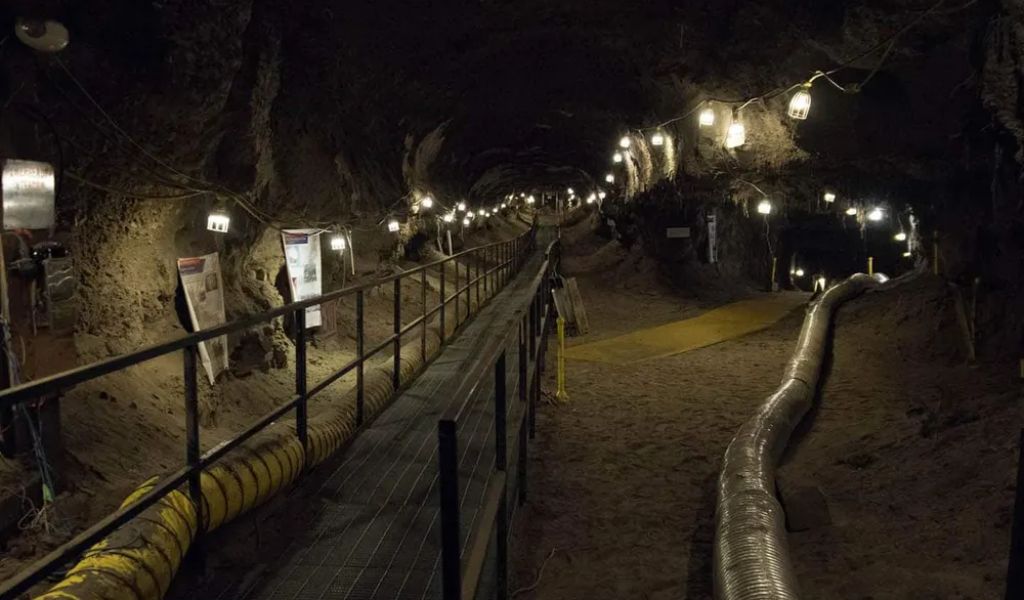Alaska is well known for its abundant animals, recreational activities, and stunning natural beauty. But the Last Frontier also offers intriguing subterranean delights that are just waiting to be discovered. These are some of the most fascinating underground sights in Alaska that you shouldn’t miss, ranging from mines and bunkers to caverns and tunnels.
El Capitan Cavern
Alaska’s longest and largest cave is El Capitan Cave, which is located in the Tongass National Forest on Prince of Wales Island. It is more than two miles long and has thirteen chambers filled with flowstone, stalactites, and stalagmites, among other cave formations. The Forest Service requires a reservation for access to the cave, which is home to a variety of species including bears and bats. An approximately three-hour guided trip includes a mile-long climb to the cave entrance. You must wear appropriate shoes and apparel for this underground experience.
Whittier Tunnel
The Whittier Tunnel, also known as the Anton Anderson Memorial Tunnel, is the longest roadway tunnel in North America, extending 2.5 miles through the Chugach Mountains. This unusual tunnel, which connects the town of Whittier to the road network, can handle trains and cars traveling in opposite directions. With emergency shelters, ventilation systems, and jet fans as safety features, the tunnel is open year-round and charges a toll of $13 for cars and $28 for recreational vehicles.
Mines Kennecott
Kennecott Mines, a former mining community and National Historic Landmark is tucked away in the Wrangell-St. Elias National Park and Preserve. It was the richest copper mine in the world when it was founded in 1903, yielding copper valued at more than $200 million. The town was abandoned in 1938, and its vestiges consist of the railroad, hospital, power plant, and mill. From McCarthy, guided excursions provide an understanding of the town’s history and architecture and can be reached by car or shuttle bus.
White Alice Site
The White Alice Site is a Cold War-era communication facility that was built in 1958 and is situated on Anvil Mountain close to Nome. With its four massive parabolic antennas, it transmitted radio signals throughout Alaska and other regions. The antennae, which still provide a panoramic view of the environs, were decommissioned in 1979 and most of the equipment was dismantled. The location, which is reachable by car or foot, is well-known for its ability to provide visitors with a look into Alaska’s past during the winter aurora season.
Read More: Dangerous New Justification for Pepper Spray Carrying by Michigan Women
In Summary
In conclusion, Alaska’s attractions go far beyond its fauna and breathtaking scenery to include fascinating subterranean treasures. Each site provides a different window into Alaska’s varied history and landscapes, from the vast El Capitan Cave to the technical marvel of the Whittier Tunnel, the ancient Kennecott Mines, and the Cold War-era White Alice Site. For those looking to discover the hidden gems beneath the surface of the Last Frontier, these underground wonders offer an enticing viewpoint.

